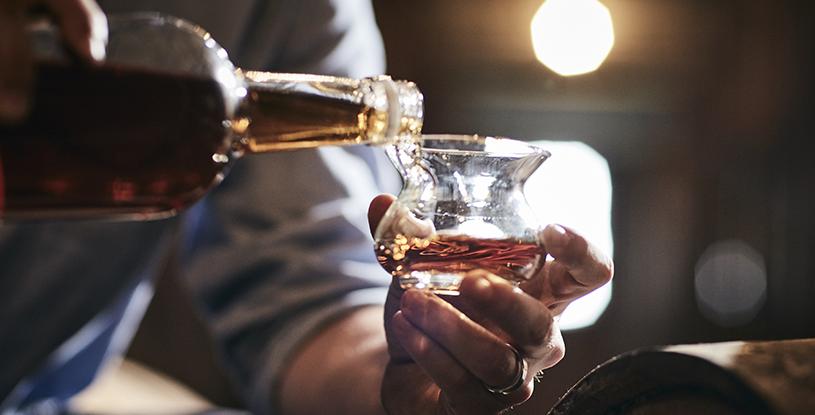With the renewed interest in craft whiskey in the United States, more and more whiskey connoisseurs are being introduced to lesser-known niche spirits. In total, there are 41 categories of whiskey recognized by the U.S. Alcohol and Tobacco Tax and Trade Bureau (TTB), the agency that regulates and collects taxes on imported and domestic alcohol. These categories are defined by a multitude of requirements including aging, barreling, blending and country of origin.
The TTB provides baseline requirements for distilled spirits in the form of “class” and “type” designations. Under class, the broad category of distilled spirits is “divided, under standards of identity, into a number of general but defined classes, e.g. Neutral Spirits or Alcohol, Whisky,” the TTB says. Regarding type “...most of the general classes are specific, defined types of distilled spirits, e.g. Vodka is a specific type of Neutral Spirits or Alcohol, Straight Bourbon Whiskey is a specific type of Whiskey.”
These classification standards give distillers a starting point to navigate different whiskey formulations or mash bills. As you’ll see, a tweak in the mash bill or distilling process can completely change the type of whiskey.
For instance, to be labeled Bourbon Whiskey, the distillate must be from a fermented mash of no less than 51 percent corn and stored in charred new oak barrels. It must be produced at not exceeding 80% alcohol by volume (160 proof) and stored at not more than 62.5% alcohol by volume (125 proof) in charred new oak containers. But if the Bourbon is stored for two years or more (also in charred new oak containers), it becomes Straight Bourbon Whiskey. Note that one has no minimum aging requirement and the other must be aged at least two years. (The TTB also says Straight Bourbon Whiskey may include mixtures of two or more straight bourbon whiskeys provided all of them are produced in the same state.)
Now, if the amount of corn in the mash bill, the type of container used for storage and certain production requirements are changed to meet the following TTB definition, the result would be Corn Whiskey: “Whisky produced at not exceeding 80% alcohol by volume (160 proof), from a fermented mash of not less than 80 percent corn, and if stored in oak containers, stored at not more than 62.5% alcohol by volume (125 proof) in used or uncharred new oak containers, and not subjected in any manner to treatment with charred wood.” Here, there are no aging requirements and the containers can be used or new and uncharred oak.
Subtle differences – type and mixture of grain used, proof at distilling and barreling, characteristics of the container and other requirements – account for more than 20 types of U.S.-made whiskey. But the TTB also recognizes 16 blended domestic whiskeys, including iterations of the whiskeys we’ve looked at: Blended Bourbon Whiskey (or Bourbon Whiskey – A Blend) and Blended Corn Whiskey (or Corn Whiskey – A Blend).
We’ve just scratched the surface of the official U.S. whiskey types. While they may seem daunting, these guidelines are critical to ensuring uniformity across the distilling industry. At MGP, they provide the starting point, a palette that our experts use to create endless options for whiskey. All with the goal of finding your unique flavor to set your brand apart.
Contact us to learn more.

